Hawk ID, Please
corunum z6 CT
11 years ago
Featured Answer
Comments (15)
tmff
11 years agotmff
11 years agoRelated Discussions
Hawk_ID please
Comments (5)I agree with BN. You indeed have a first-year Red-tailed Hawk. If you have a field guide, take a look at this bird's tail pattern and compare with Cooper's/Sharp-shinned. You'll notice it's a shorter, fatter tail with narrower banding than with Cooper's/Sharp-shinned. Also, compare this bird's tail with an adult Red-tailed Hawk's tail (which is a rusty red color) and you'll see how we can distinguish a juvenile from an adult. They gain their red tails during their first molts (when they are one year old). This bird should be molting soon, as it hatched last year....See MoreHawk id please?
Comments (4)Before this one, I'd only seen a cooper's, aside from flyovers, once since i started bird watching. It was perched on neighbors HAM radio antenna, and I was able to get a few pics of it. Before I started bird watching, I saw, what I now am pretty sure was, a cooper's hawk try to catch a blue jay that was perched in one of my crepe Myrtle trees, right in front of me, he missed though! Everything I've ever reAd about cooper's, describes them as being "uncommon" in urban areas and lists them As "forest dwelling hawks" which is what made me doubt this hawk was a cooper's, and also why I usually assume it's a red tailed when I see hawks in busy/urban areas, now I'll make sure to take a closer look! Thanks!...See MoreHawk ID please...
Comments (5)I just wanted to tell you I liked the flying shot so much I set it up as the background on my computer. I travel a lot for work and I've had a bunch of people ask me about it since I've done it. Very nice shot....See Morehawk ID help please..no pics
Comments (4)I agree with Elly and those of the Bird Forum, a Red-shouldered Hawk, adult. Luc...See Morecorunum z6 CT
11 years agotmff
11 years agocorunum z6 CT
11 years agotmff
11 years agotsugajunkie z5 SE WI ♱
11 years agocorunum z6 CT
11 years agotmff
11 years agoclaireplymouth z6b coastal MA
11 years agotmff
11 years agocorunum z6 CT
11 years agotmff
11 years agocorunum z6 CT
3 years ago
Related Stories

HOUSEPLANTSMother-in-Law's Tongue: Surprisingly Easy to Please
This low-maintenance, high-impact houseplant fits in with any design and can clear the air, too
Full Story
HOME OFFICESQuiet, Please! How to Cut Noise Pollution at Home
Leaf blowers, trucks or noisy neighbors driving you berserk? These sound-reduction strategies can help you hush things up
Full Story
BATHROOM DESIGNUpload of the Day: A Mini Fridge in the Master Bathroom? Yes, Please!
Talk about convenience. Better yet, get it yourself after being inspired by this Texas bath
Full Story
BEFORE AND AFTERSMore Room, Please: 5 Spectacularly Converted Garages
Design — and the desire for more space — turns humble garages into gracious living rooms
Full Story
TILEMoor Tile, Please!
Add an exotic touch with Moroccan tiles in everything from intricate patterns and rich colors to subtle, luminous neutrals
Full Story
DECORATING GUIDESPlease Touch: Texture Makes Rooms Spring to Life
Great design stimulates all the senses, including touch. Check out these great uses of texture, then let your fingers do the walking
Full Story
FLOORSChecks, Please! 13 Choices for Checkered Floors
Checkerboard Patterns Go From Casual to Ritzy, From Marble to Grass
Full Story
DECORATING GUIDES10 Bedroom Design Ideas to Please Him and Her
Blend colors and styles to create a harmonious sanctuary for two, using these examples and tips
Full Story
HOUZZ TOURSHouzz Tour: A Neutral Palette Pleases By the Sea
Designer Phoebe Howard creates earth-toned elegance for a family's Florida beach getaway
Full Story


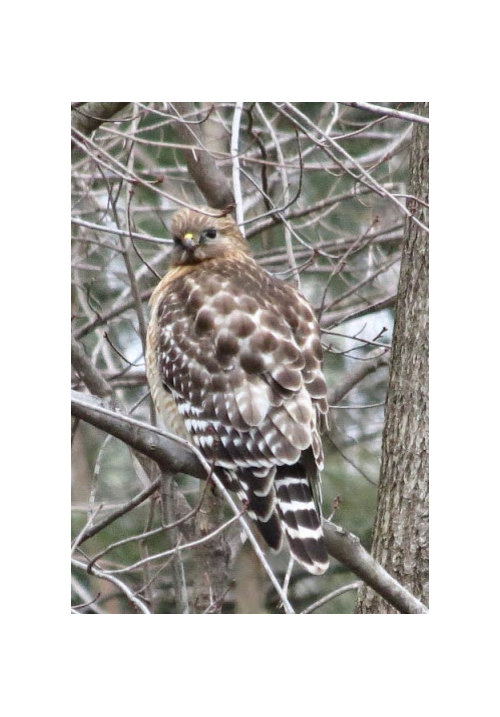



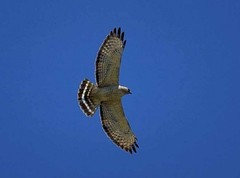
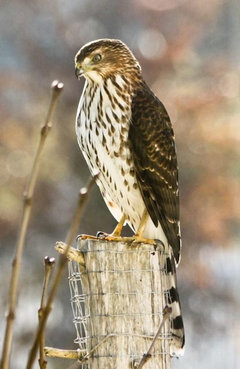







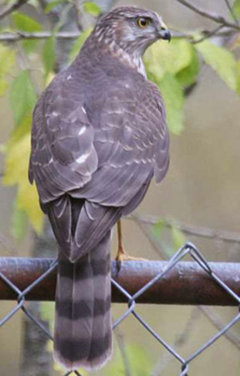


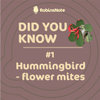
HU-145134802